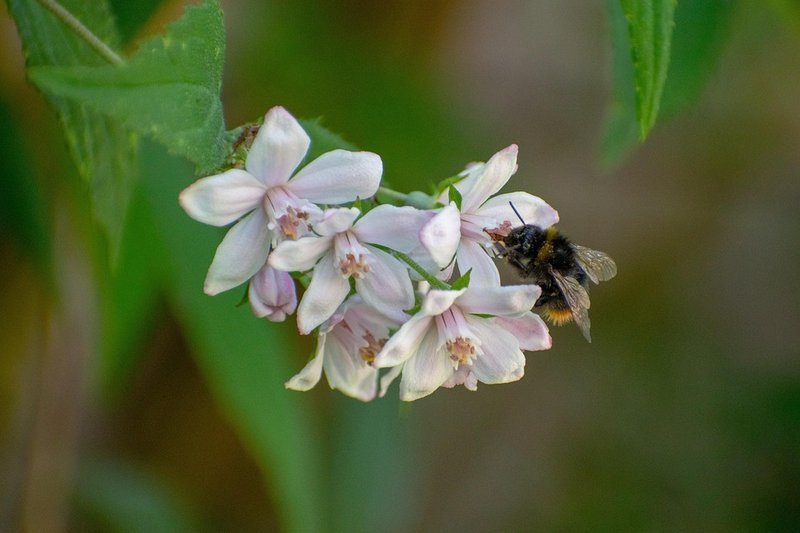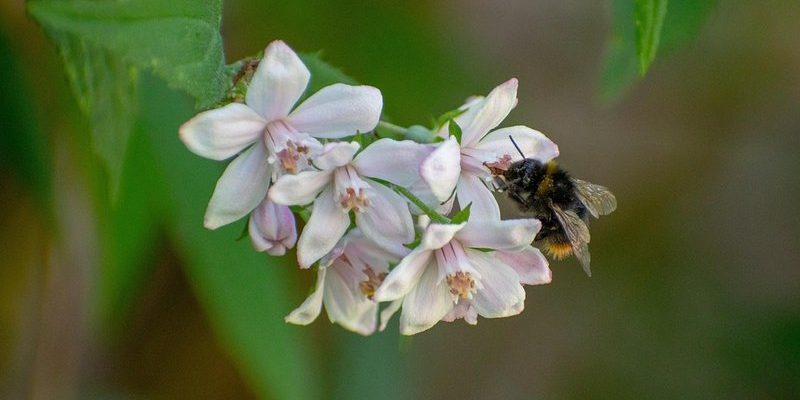
The bumblebee’s job might seem small, but it creates a big impact. They’re like tiny superheroes, often working with little recognition yet delivering vital services that keep our environment healthy. So, why should we care about these buzzing buddies? Well, understanding their role can help us appreciate the delicate balance of nature and the importance of preserving it.
What Makes Bumblebees Unique?
Bumblebees, unlike other bees, have thick, fuzzy bodies. This fuzzy coat is not just for show—it’s actually a clever adaptation that helps them collect pollen as they move from flower to flower. You might be wondering how this works. When bumblebees visit flowers, their bodies pick up small pollen grains, which get brushed off onto the next flower they visit. This is called *pollination*, and it’s essential for many plants to reproduce.
Moreover, bumblebees are quite social. They live in colonies, typically made up of a queen, workers, and drones. Unlike honeybees, whose colonies can number in the thousands, bumblebee colonies are smaller—usually around 50 to 400 individuals. The queen lays the eggs, while the workers collect nectar, pollen, and tend to the young. This teamwork really benefits the ecosystem, as they can cover more ground when foraging for food.
How Bumblebees Pollinate Plants
Pollination is like a matchmaking service for plants. When bumblebees visit flowers, they transfer pollen from one flower to another. This process enables fertilization, allowing plants to produce seeds, fruits, and flowers. It’s fascinating to think about how this tiny action leads to the growth of plants we rely on, such as fruits, vegetables, and even nuts!
The direction bumblebees take while pollinating is efficient. They have a unique behavior called “buzz pollination.” This means they vibrate their bodies in a specific way to release pollen that is tightly packed within the flower. This action is especially important for certain plants, like tomatoes and blueberries. Without bumblebees and their buzzing technique, these plants might not produce as abundantly as they do.
The Impact of Bumblebees on Food Production
Here’s the thing: bumblebees are not just important for wild plants; they also greatly contribute to agriculture. Many crops we love, from apples to almonds, depend on pollinators to produce. Studies show that bumblebees significantly increase the yield of some fruits and vegetables compared to wind or self-pollination alone.
Imagine a world without bumblebees. Our plates would look quite different—maybe fewer colorful salads and less delicious fruit. The loss of these bees could mean higher food prices and less food variety. It’s like taking a vital ingredient out of a recipe; the final dish just wouldn’t taste the same.
Challenges Facing Bumblebees
Sadly, bumblebee populations are declining. Factors like *habitat loss*, *pesticide use*, and *climate change* are putting pressure on these essential pollinators. Urbanization takes away their homes, while chemicals harm their health. Climate change leads to mismatches between blooming flowers and bee activity periods. It’s really concerning to see how these factors can threaten the delicate balance of our ecosystems.
You might think, “What can I do about it?” Well, every little effort counts! Simple actions, such as planting native flowers in your garden or avoiding harmful pesticides, can create a friendlier environment for bumblebees.
Creating Bumblebee-Friendly Habitats
Creating a bumblebee-friendly garden doesn’t have to be complicated. Here are some easy steps you can take:
- Choose Native Plants: Native flowers are often well-suited for local bumblebee species.
- Plant in Clusters: Bumblebees prefer to find flowers grouped together for easier foraging.
- Avoid Pesticides: Chemicals can harm bees, so consider natural pest control methods instead.
- Keep a Variety: Different bumblebee species prefer different flowers, so mix it up!
- Leave Some Areas Wild: A bit of untamed space can provide nesting sites and additional food sources.
By making small changes in your garden or community, you can help support bumblebee populations.
The Connection Between Bumblebees and Biodiversity
Bumblebees do more than just help specific plants; they promote *biodiversity* as a whole. When they pollinate a wide variety of plants, they help create habitats for many other creatures. Think of it like building a community. The more flowers there are, the more insects, birds, and mammals can thrive. This interconnected web of life is what keeps ecosystems stable.
In some ways, bumblebees are a bit like the glue that holds our ecosystems together. By supporting them, we’re also helping countless other species, both plant and animal.
Why Saving Bumblebees Is a Shared Responsibility
So, why should everyone care about bumblebees? Because we all share this planet, and the loss of one species can ripple through the ecosystem, affecting everything from plants to other wildlife and even us. Conserving bumblebee populations is a shared responsibility that benefits all.
You might be wondering if it’s really worth the effort. The truth is, keeping bumblebees healthy means keeping our food systems, ecosystems, and natural beauty intact. Whether you’re a gardener, a teacher, or just someone who enjoys being outside, you can make a difference.
In conclusion, the role of the bumblebee in ecosystems is crucial, going far beyond what meets the eye. These little superheroes help sustain our environment by pollinating plants, which leads to food production and biodiversity. By understanding their importance and taking steps to protect them, we contribute to a healthier planet for ourselves and future generations. Let’s rally behind our buzzing friends and keep our ecosystems thriving!

